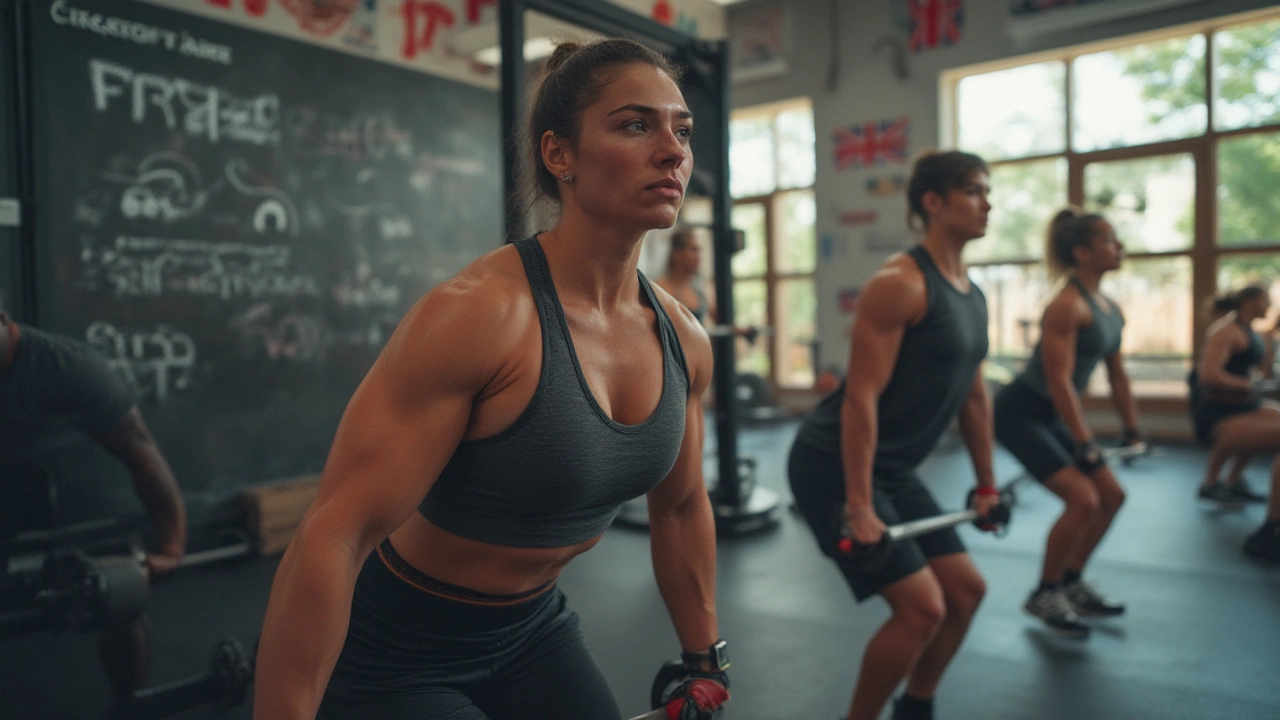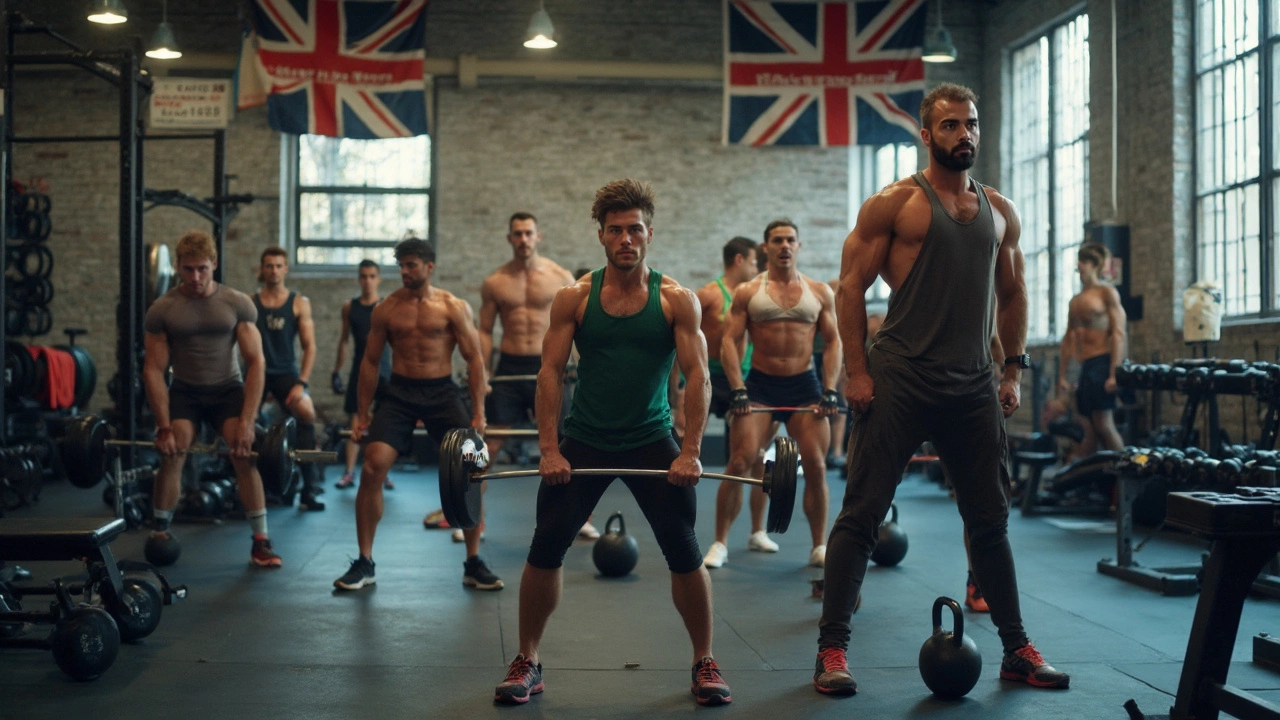
Compound Lifts: What They Are and Why You Need Them
If you’ve ever walked into a gym and seen people loading a barbell for a squat or a deadlift, you’ve seen compound lifts in action. Unlike isolation moves that target one tiny muscle, a compound lift works several muscle groups at the same time. That means you lift more weight, burn more calories, and get stronger faster.
Think of it like a team sport versus a solo game. When you do a squat, your quads, hamstrings, glutes, core, and even your back get involved. The same idea applies to the bench press (chest, shoulders, triceps) and the deadlift (glutes, hamstrings, back, grip). Because so many muscles fire together, you build functional strength that translates to daily tasks and sports.
Best Compound Lifts to Add to Your Routine
Here are the five moves most trainers swear by:
- Squat – The king of lower‑body lifts. It teaches you how to sit down and stand up with power.
- Deadlift – The ultimate posterior chain builder. It strengthens the back, hips, and grip.
- Bench Press – Classic upper‑body push. Works chest, shoulders, and triceps.
- Overhead Press – Pushes a bar overhead, hitting shoulders, core, and triceps.
- Barbell Row – A pulling movement that balances the bench press and protects your spine.
Start with one or two of these each week. Don’t try to master all five at once – pick the ones that fit your goals and gradually add the rest.
How to Train Compound Lifts Safely
Safety is the first rule. Bad form can hurt you fast, especially with heavy weights. Follow these quick steps:
- Warm up properly. Five minutes of light cardio, followed by dynamic stretches (leg swings, arm circles) gets blood flowing.
- Practice with an empty bar. Get the movement pattern right before you load up.
- Keep a neutral spine. Whether you’re squatting or deadlifting, your back should stay flat, not rounded.
- Use a spotter or safety bars. For bench press and squat, a partner or rack safety catches prevent nasty falls.
- Progress slowly. Add 2.5–5 kg each week if you can maintain form. No need to rush.
Another tip: record yourself or have a coach check your technique. Small tweaks (like moving your feet a little wider or tightening your grip) can make a big difference.
When it comes to programming, most people stick to 3–4 sets of 5–8 reps for strength. If you’re a beginner, 3 sets of 8–10 reps with moderate weight builds a solid base. More experienced lifters can try 5 sets of 5 reps or even lower‑rep heavy days (1–3 reps) for pure power.
Don’t forget the rest of your training. Compound lifts are demanding, so give yourself at least 48 hours before you hit the same muscle group again. Pair the heavy days with lighter accessory work (like lunges, dumbbell curls, or core drills) to keep things balanced.
Here’s a simple weekly template for a total‑body approach:
- Monday – Squat + Overhead Press + Core
- Wednesday – Deadlift + Bench Press + Pull‑ups
- Friday – Squat variation (front squat or split squat) + Row + Mobility work
This schedule hits each major lift twice a week while giving you enough recovery time. Adjust the volume based on how you feel – if you’re sore, drop a set or cut the weight.
Bottom line: compound lifts are the fastest route to real strength. They hit multiple muscles, boost calorie burn, and teach you how to move as a unit. Pick the basics, master the form, add weight gradually, and you’ll see progress in the gym and in everyday life.

